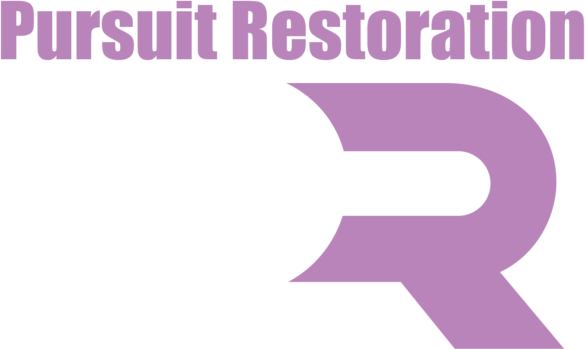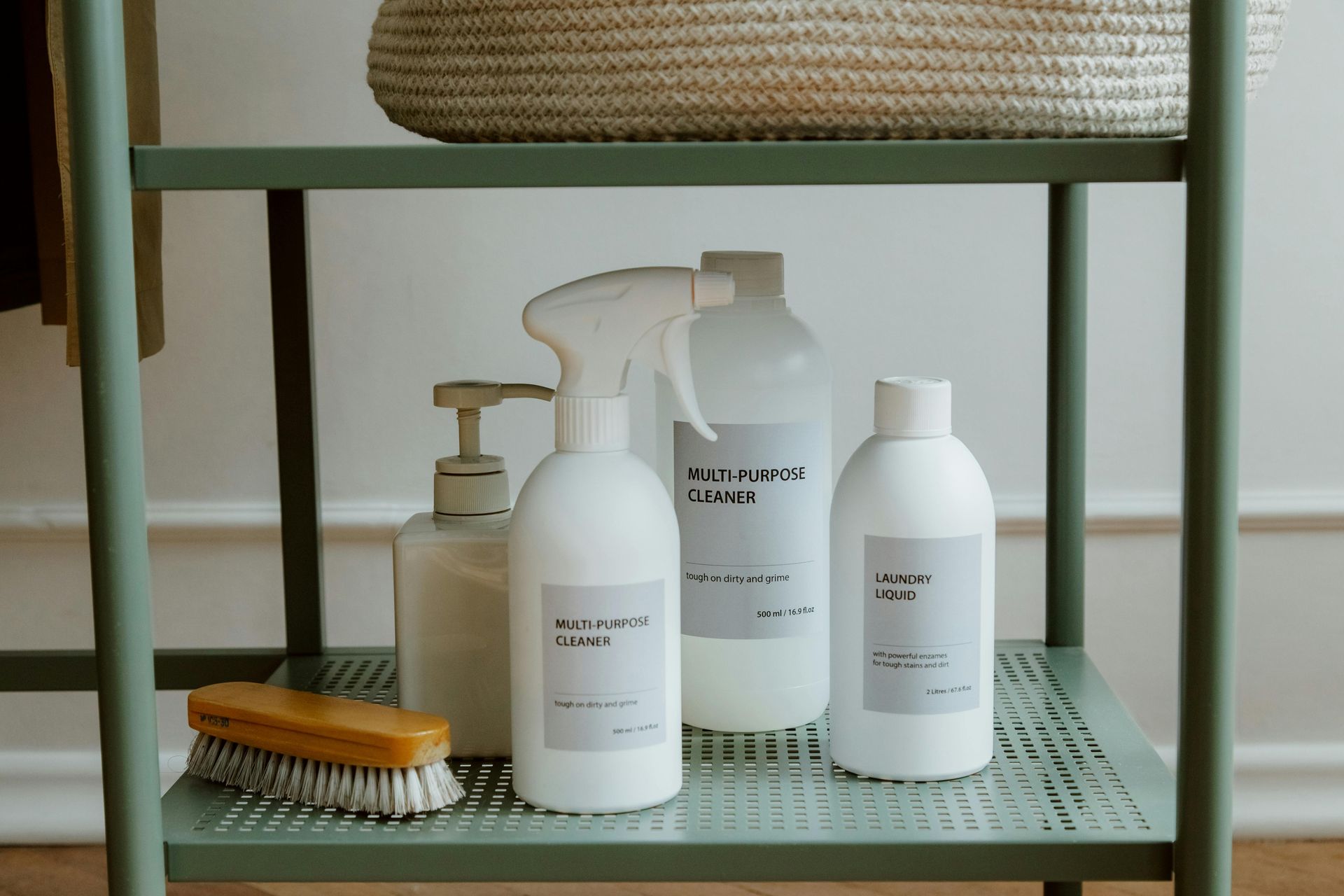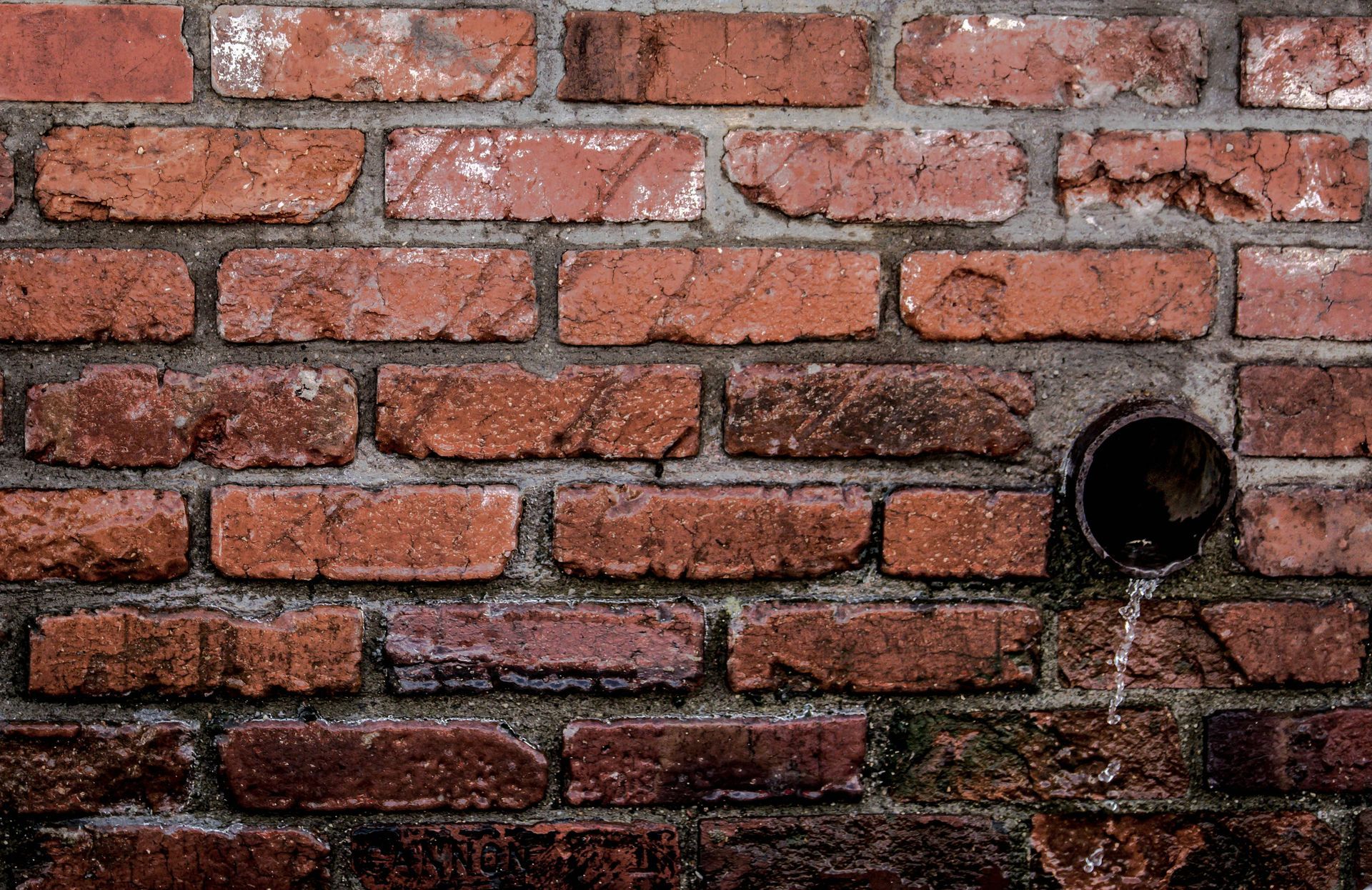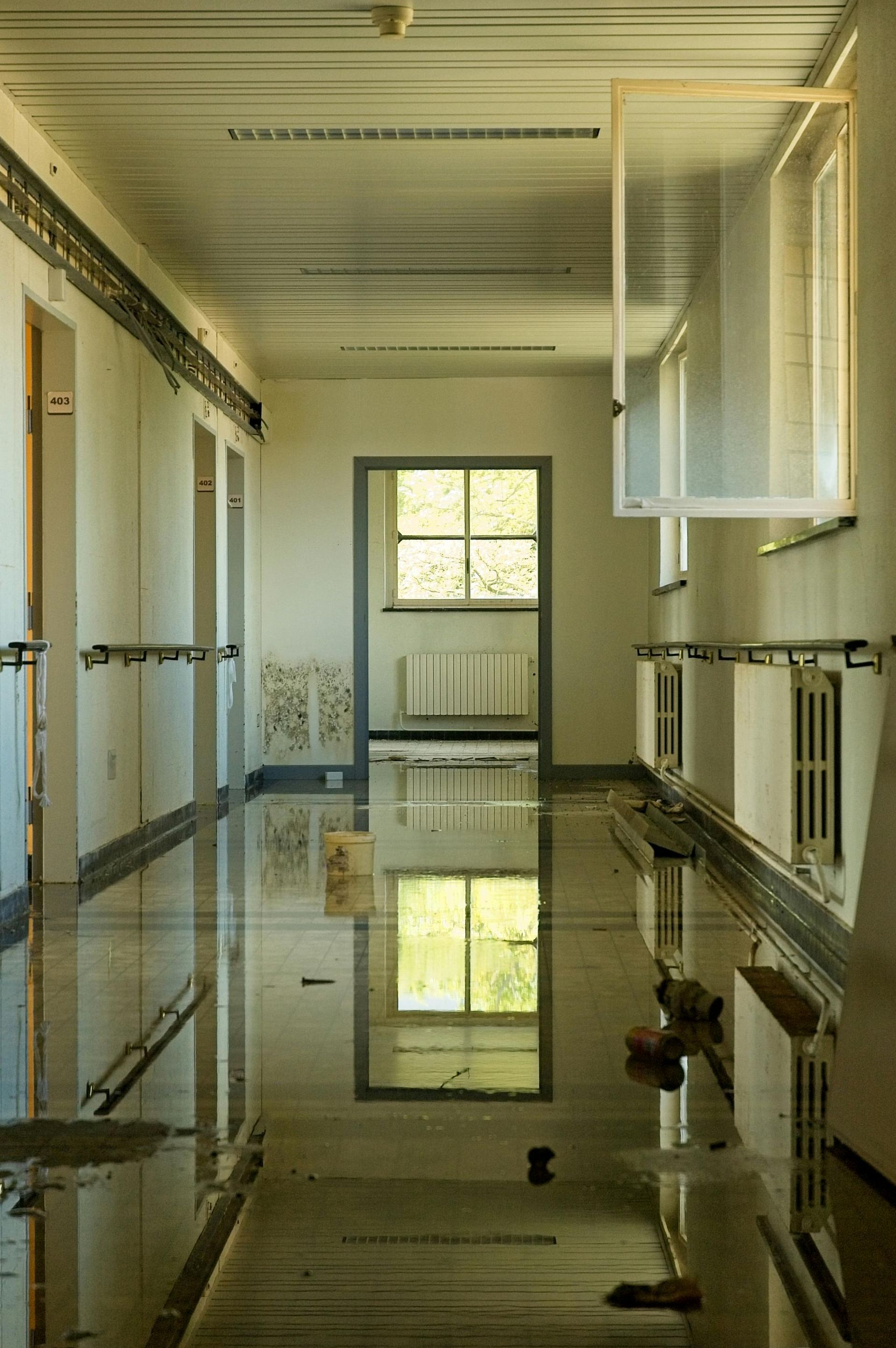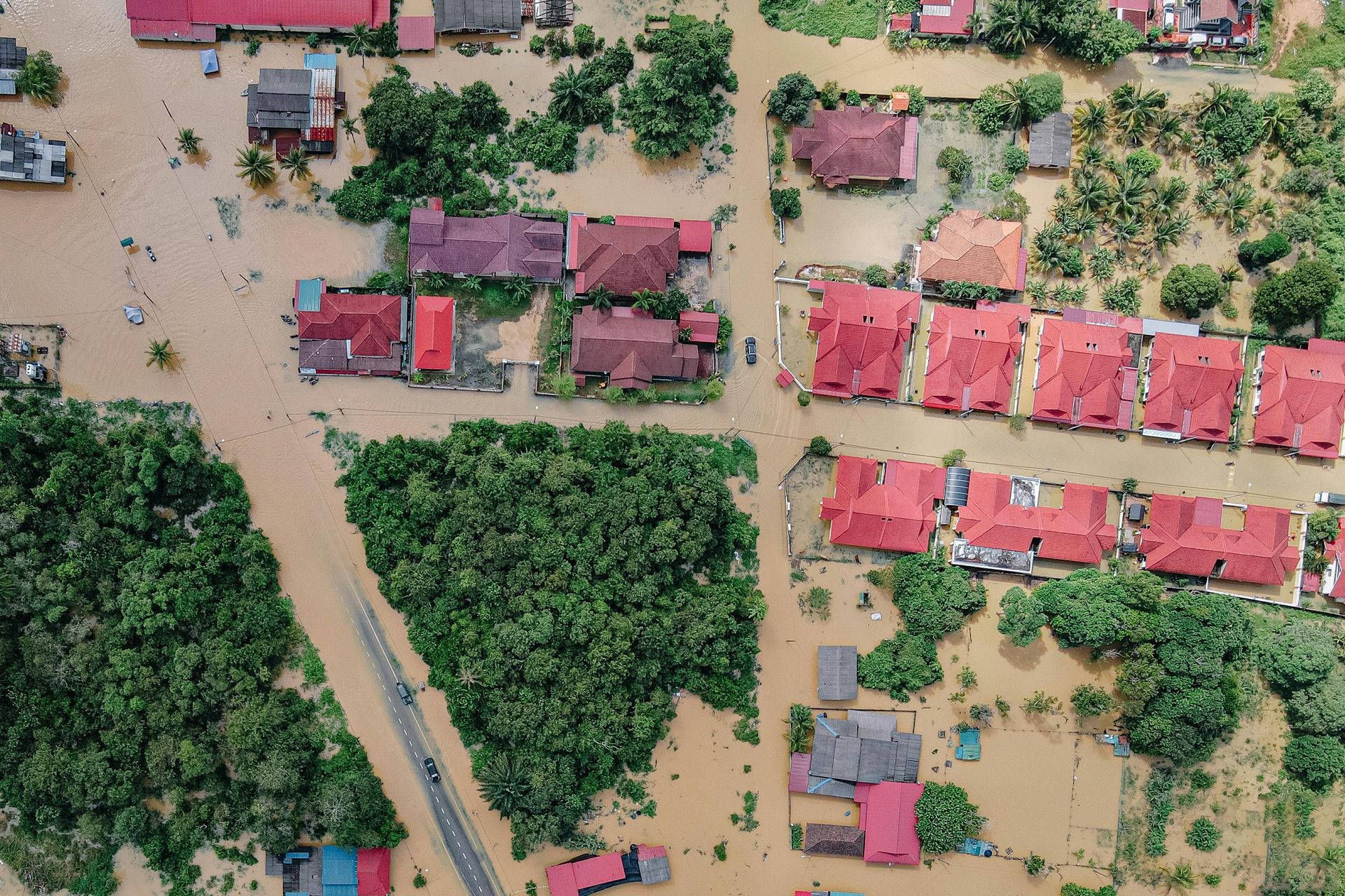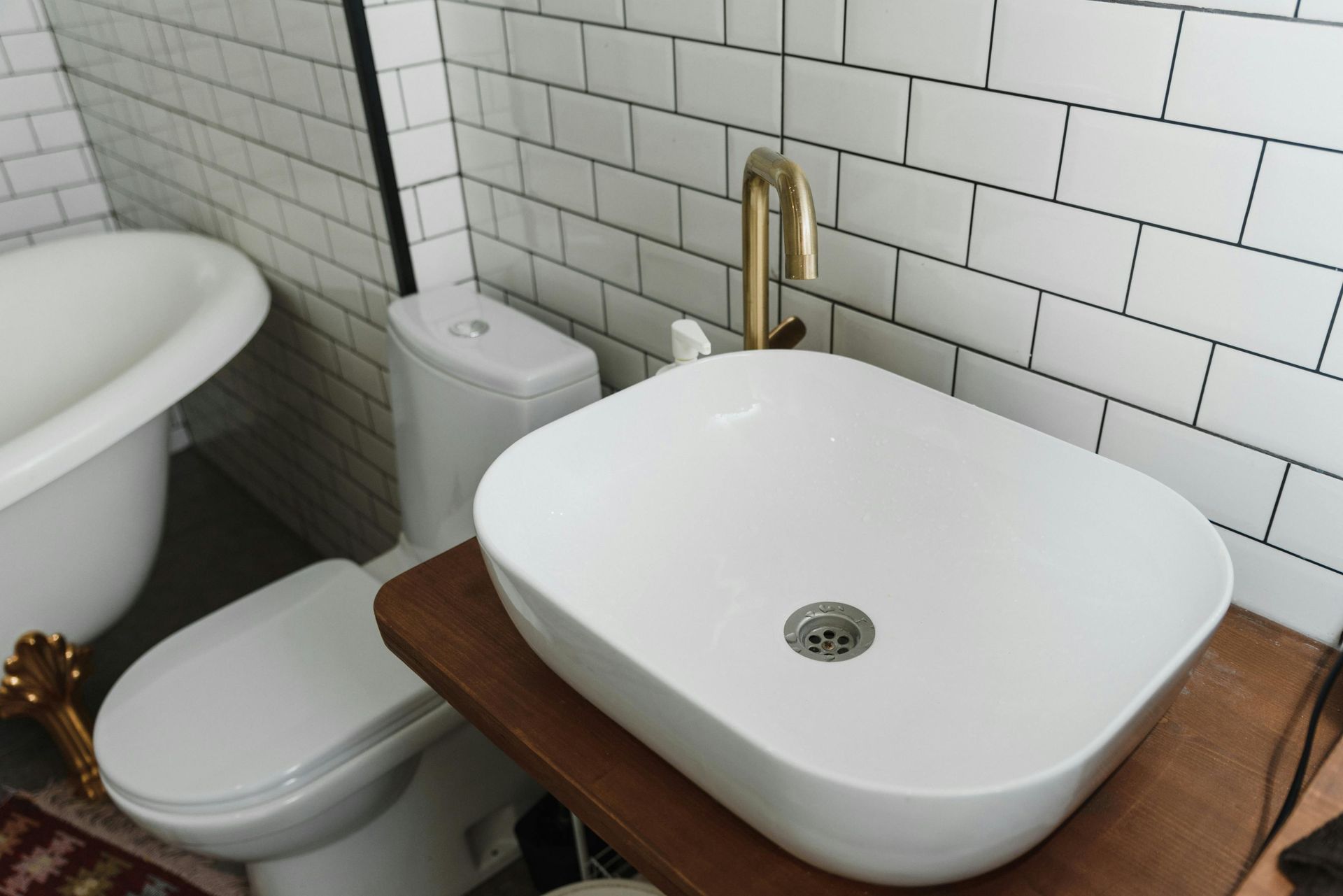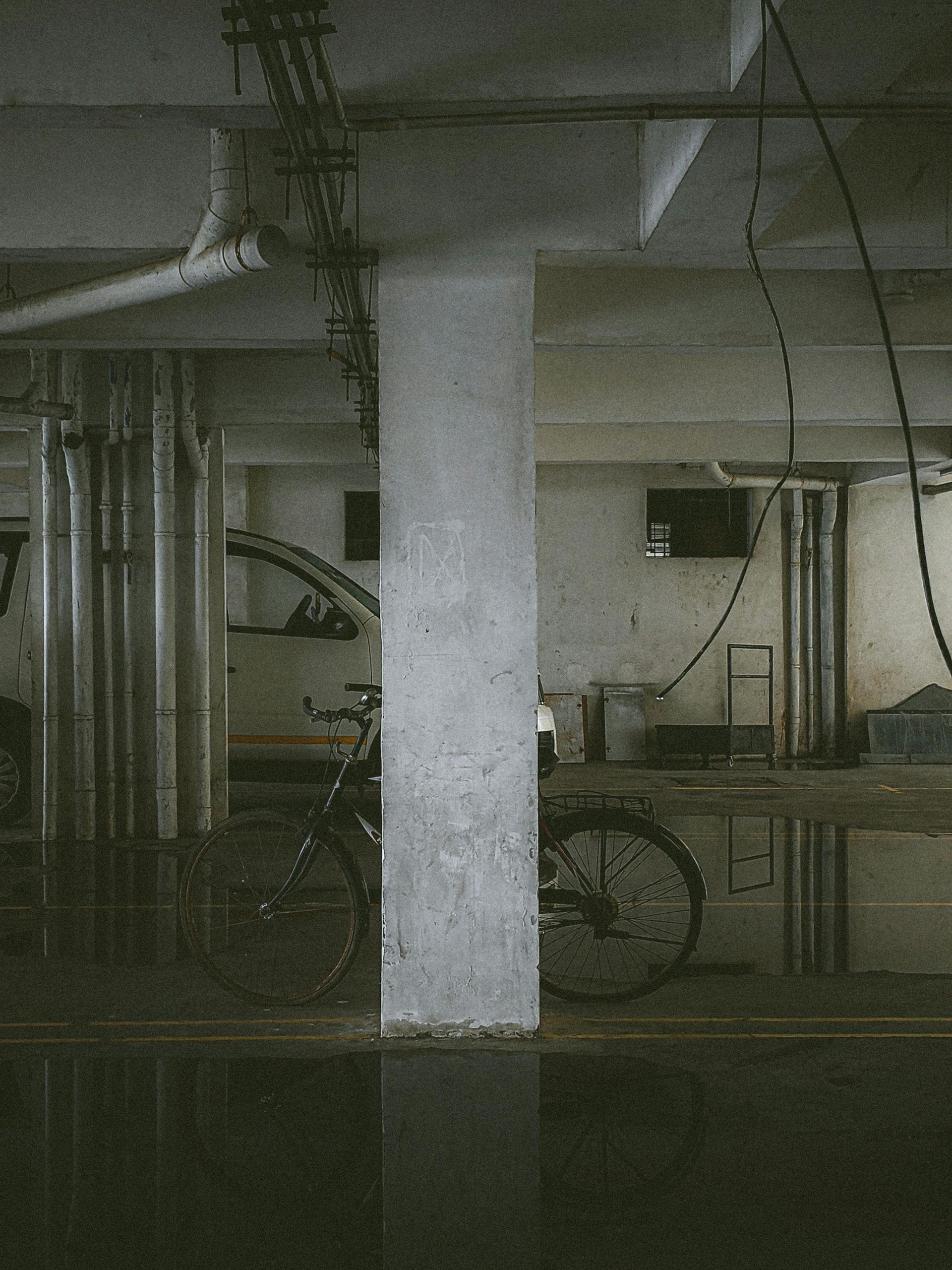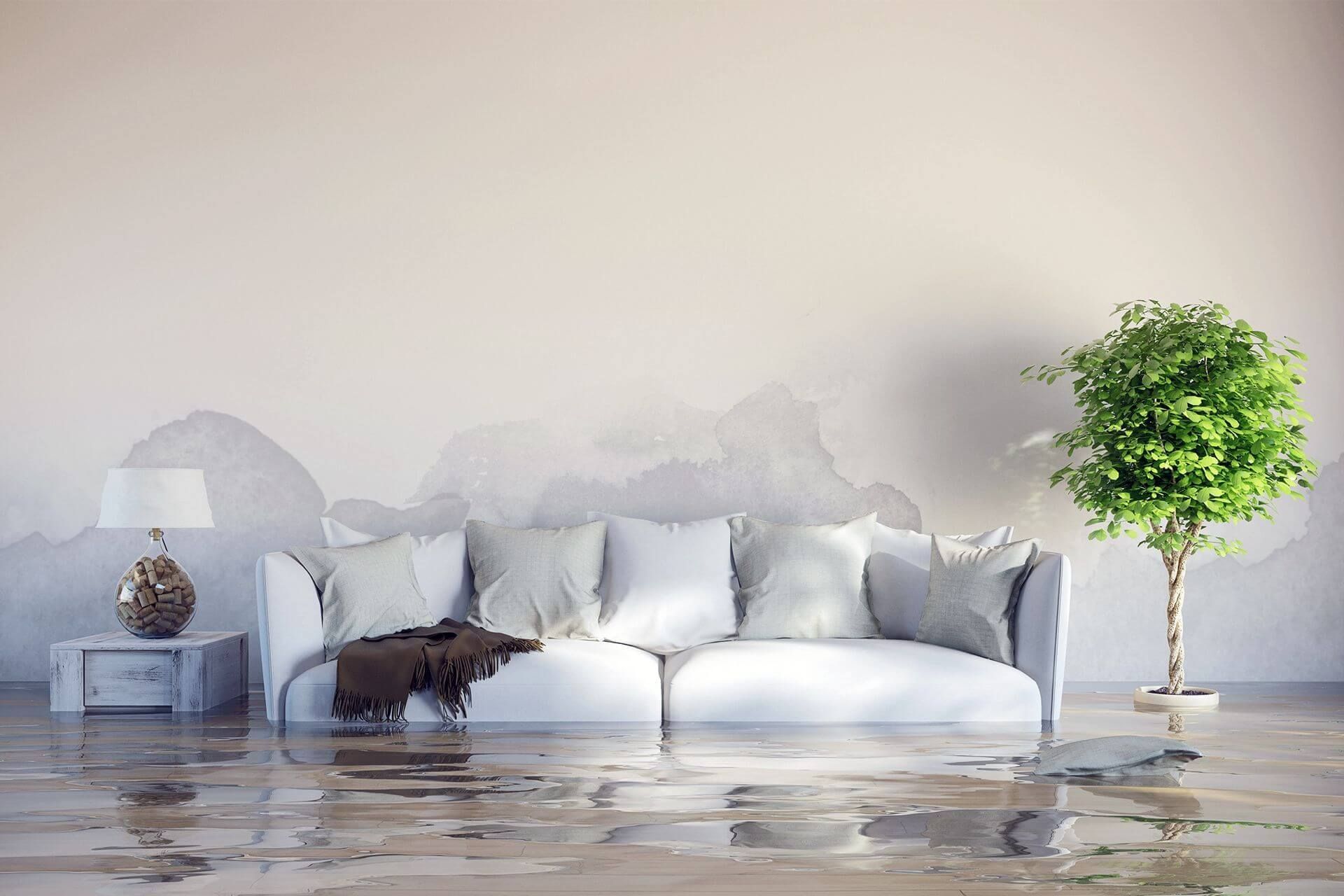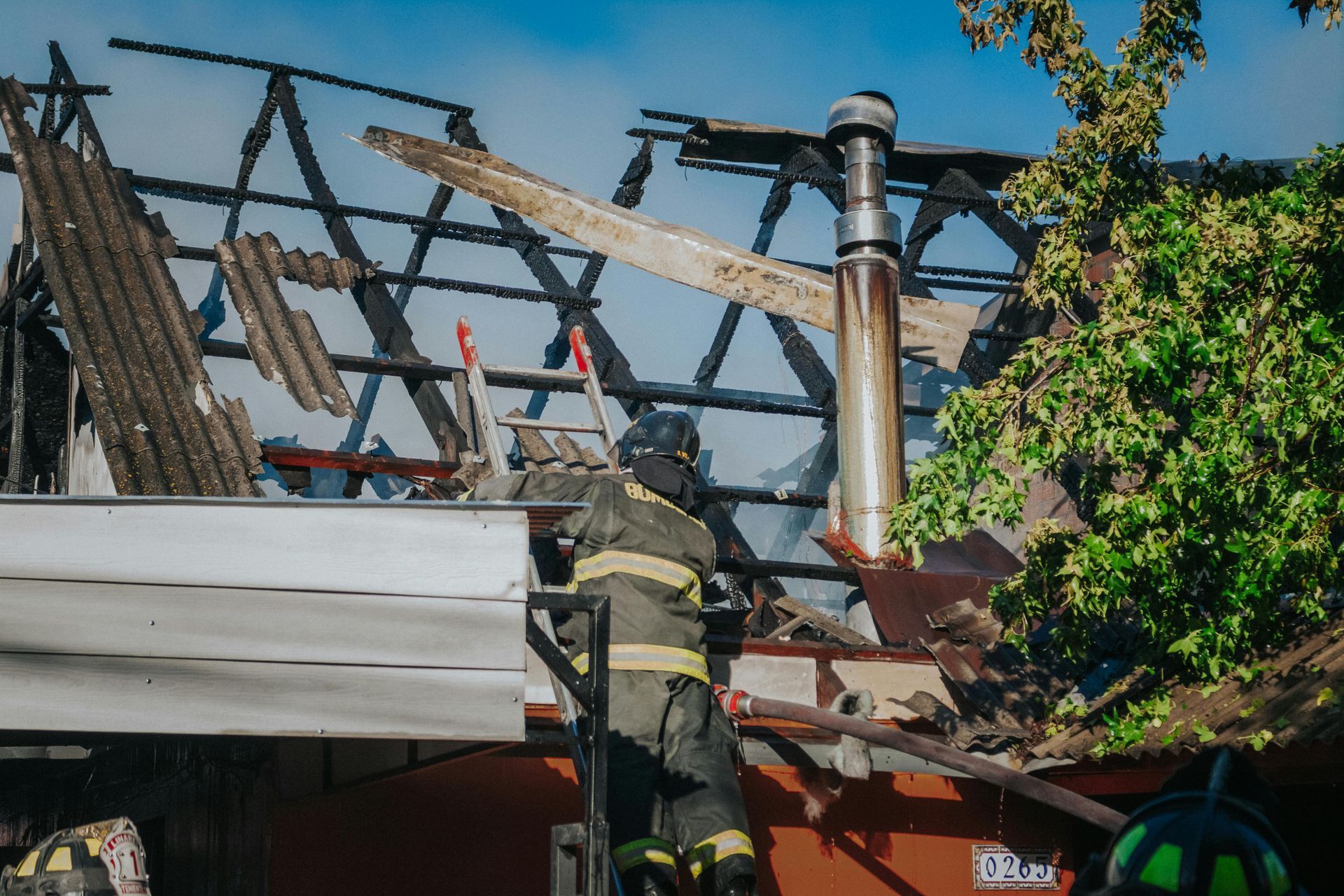How to Disinfect After Sewer Backup: Effective and Safe Practices
A sewer backup can turn your home into a dangerous environment within minutes. The water is loaded with bacteria, viruses, and chemicals that you can't see but can cause serious health problems. What looks like just dirty water is actually packed with pathogens that linger on surfaces long after the mess appears to be gone. Without proper disinfection, your floors, walls, and belongings may continue to carry harmful contaminants.
The good news is you can restore your home safely with the right approach. By using proven methods like EPA-approved disinfectants or a bleach solution, wearing protective gear, and making sure every surface is cleaned and dried properly, you can eliminate serious health risks. For Boise homeowners, knowing how to disinfect after a sewer backup is essential not just for protecting your home, but for protecting your family's health.
Key Takeaways
- Sewer backup water is full of germs and chemicals that can make you very sick, so cleaning it up well is really important.
- Before using disinfectants, you need to get rid of standing water and throw away soaked items that can’t be cleaned properly.
- Bleach solutions and EPA-approved cleaners work best to kill germs, but be careful not to mix cleaning products or use too much on delicate surfaces.
- Cleaning with soap and water first, then applying disinfectant and letting it sit for 10 minutes, helps get rid of germs safely.
- Drying everything completely with fans or dehumidifiers stops mold from growing after a sewer backup, which keeps your home healthier in the long run.
Health Risks and Hazards from Sewage Contamination
Sewer water contains harmful microorganisms like bacteria, viruses, and parasites that can cause serious illnesses. These pathogens can lead to infections, gastrointestinal issues, and respiratory problems if they come into contact with skin or are inhaled. Chemical contaminants in sewage can add to the dangers by causing skin irritation or poisoning.
Important health risks from sewage contamination include:
- Pathogenic microorganisms: These include E. coli, Salmonella, and Hepatitis A virus, which can cause severe infections and disease if exposure occurs. Proper homes cleaning and disinfection are essential to prevent disease transmission.
- Chemical hazards: Sewage can carry toxic substances such as pesticides or heavy metals that irritate skin and may lead to long-term health effects.
- Cross-contamination dangers: Without proper cleaning, bacteria and viruses can spread to other areas of your home, increasing health risks. Contaminated objects must be properly disinfected or disposed of to prevent further spread.
For Boise homeowners, understanding these hazards stresses why thorough disinfection is not optional but necessary after sewer backups. Proper cleaning protects your home's safety and your family's health.
Preparing the Area for Disinfection
Before starting disinfection, it’s important to prepare the affected area properly to ensure safety and effectiveness. Taking these steps helps reduce risk and allows disinfectants to work better.
Key preparation steps include:
- Remove standing water: Use a pump, wet vacuum, or mop to clear out as much waters as possible. This stops further spread of contamination and prepares surfaces for cleaning. Whether from sewer overflows or flood conditions, removing standing water quickly is critical.
- Discard unsalvageable porous materials: Any food items, medications, or consumables that came into contact with sewer water must be thrown away immediately, as they cannot be safely disinfected. Discard food from refrigerators, pantries, and countertops that were exposed to contamination.
- Secure the area: Keep children and pets away from the contaminated zone to avoid health risks during cleanup. Consider putting up warning signs or barriers if needed.
- Ventilate the space: Open windows and doors and turn on fans if possible. Proper airflow reduces harmful fumes from disinfectants and lowers airborne pathogen levels.
For homeowners in Boise, following these preparation steps lays the foundation for successful disinfection and safer cleanup after a sewer backup.
Choosing the Right Disinfectants for Sewer Backup Cleanup
Selecting effective disinfectants is essential to kill harmful pathogens after a sewer backup. Different products work better on certain surfaces and contamination levels.
Here are common disinfectant options to consider:
Chlorine bleach solutions
Chlorine bleach is a powerful disinfectant that kills a wide range of bacteria, viruses, and fungi. Mixing 1 cup of bleach with a gallon of water creates an effective solution for hard, non-porous surfaces such as tile, concrete, and sealed countertops. It is affordable and commonly found in most households. However, bleach can be harsh on certain materials and should be used with caution. Always apply in a well-ventilated area and let it sit for at least 10 minutes to ensure thorough disinfection.
EPA-approved antimicrobial cleaners
EPA-approved disinfectants undergo rigorous testing to certify their effectiveness against pathogens found in sewage. These cleaners often come in ready-to-use sprays or concentrates and are formulated to work on various surfaces, including porous materials. Many of these products are designed to be safer for homeowners and the environment compared to bleach. Using them can provide peace of mind, knowing you are eliminating bacteria and viruses according to government standards.
Natural alternatives
For less severe contamination or small spots, natural disinfectants like vinegar and tea tree oil offer some antimicrobial benefits. Vinegar has antibacterial properties and can be used to clean surfaces that may react poorly to harsh chemicals. Tea tree oil also provides a mild antiseptic effect with a pleasant scent. While these options are not replacements for stronger disinfectants when dealing with sewage, they can be useful for routine cleaning once the area is fully sanitized.
Safety warnings
It is critically important to never mix bleach with ammonia or other cleaning agents because toxic gases can form, which are hazardous to breathe. Always read product labels carefully and use protective gear such as gloves and masks. Proper ventilation is essential to reduce exposure to fumes from disinfectants, whether using bleach or commercial cleaners.
Choosing the right disinfectant for the situation in your Boise home ensures effective cleanup while keeping your family and property safe.
Step-by-Step Disinfection Process
Following a clear process ensures effective disinfection and home safety after a sewer backup. Each step plays a vital role in removing contamination and preventing health risks.
Key steps to disinfect your home include:
- Clean surfaces with hot, soapy water first. This removes dirt, grime, and organic material that can shield germs from disinfectants. Use brushes or sponges to scrub floors, walls, and belongings.
- Apply disinfectant evenly across all affected areas. Use a bleach solution or EPA-approved cleaner, making sure every surface is thoroughly covered to kill bacteria and viruses.
- Allow adequate dwell time. Let the disinfectant sit on surfaces for at least 10 minutes or as recommended by the product. This contact time is necessary to destroy pathogens effectively.
- Rinse surfaces if required. Some disinfectants need rinsing after the dwell time to remove residue that might irritate skin or damage materials. Follow product instructions carefully.
- Dry thoroughly using fans, dehumidifiers, or open windows. Proper drying prevents mold growth and further contamination in damp conditions.
- Dispose of contaminated cleaning materials properly. Throw away single-use gloves, wipes, and porous materials that can't be fully disinfected in sealed bags to prevent spreading germs. All contaminated objects should be bagged and disposed of according to local waste management guidelines.
For surface-specific advice, tile and concrete can tolerate strong disinfectants and rinsing without damage, while wood should be treated with milder solutions to avoid warping or discoloration, and countertops require cleaners suited to their material, such as granite or laminate, to ensure safe disinfection without damage.
For Boise homeowners, following these detailed steps can restore homes safely and reduce the risk of illness or damage after a sewer backup.
Post-Disinfection: Drying and Mold Prevention
After disinfecting, thorough drying is essential to prevent mold and mildew growth, which can cause further health risks and damage.
Effective drying methods include:
- Use industrial fans to boost air circulation and speed up drying times, especially in larger or water-damaged areas.
- Employ dehumidifiers to remove excess moisture from the air and lower humidity levels that encourage mold growth.
- Run air purifiers to help capture airborne spores and any remaining contaminants.
- Check all surfaces thoroughly, including hidden spots like under cabinets and inside wall cavities, ensuring everything is completely dry before finishing.
For Boise homeowners, investing in proper drying equipment or professional drying services after sewer cleanup helps maintain a healthy home and avoid costly mold problems later.
When to Seek Professional Disinfection Services
Not all sewer backup situations can be managed with DIY cleaning. Knowing when to call professionals can save your health and home.
Situations that require
professional waste management experts help include:
- Extensive contamination covering large areas or involving porous materials soaked through, which need specialized cleaning and disposal.
- Health concerns, especially if anyone in the household has a weakened immune system or pre-existing conditions that increase infection risk.
- Hard-to-reach areas like crawl spaces, wall cavities, or complex plumbing zones where thorough cleaning is difficult or unsafe.
- Persistent odors or visible stains that indicate leftover contamination or mold growth needing expert treatment.
Boise homeowners facing these challenges can rely on companies like Pursuit Restoration for expert, safe, and thorough sewer backup cleanup and disinfection services.I have completed the last section you requested based on your outline.
Protect Your Home and Health with Proper Disinfection
Dealing with a sewer backup is never easy, but taking the right steps to disinfect your home can make all the difference in keeping your family safe and your property intact. Thorough cleaning, using the right disinfectants, and ensuring complete drying will stop harmful bacteria, viruses, and mold from causing health problems or lasting damage.
If the cleanup feels overwhelming or contamination is severe, don’t hesitate to call professionals who have the tools and expertise to restore your home safely. For Boise residents, expert services like Pursuit Restoration are ready to help you return your home to a healthy, comfortable space quickly and effectively. Prioritizing disinfection is the best way to protect what matters most.
Ready to Restore Your Home Safely?
When a sewer backup strikes, swift and thorough cleanup is critical to protect your health and property. Pursuit Restoration offers expert disinfection services tailored to Boise homeowners facing this challenge. Whether it’s a small cleanup or a large-scale restoration, the team is ready to help you get your home back to a safe, healthy environment.
Don’t wait.
Schedule a service online or call
(208) 515-6503 today to learn more about how Pursuit Restoration can assist with your sewer backup cleanup and disinfection needs.
